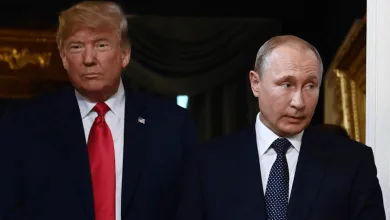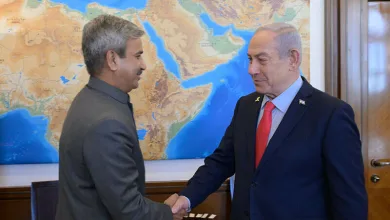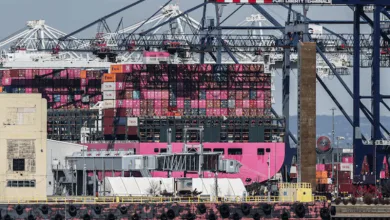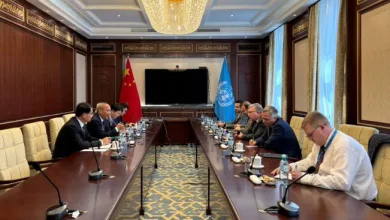Iran’s rise and resilience through BRICS
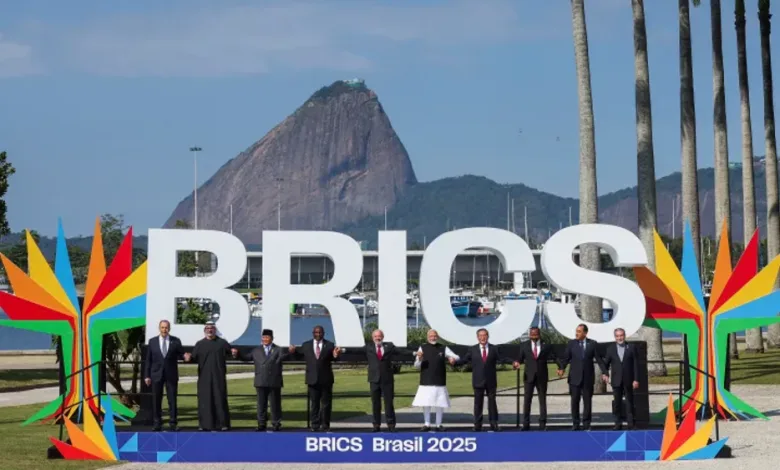
The recent BRICS summit in Rio de Janeiro marked a defining moment for Iran, as it solidifies its position within a dynamic coalition of emerging economies during a period of heightened regional tensions.
This development comes as Iran faces intensified pressures, particularly from Israeli and US aggression.
While these challenges might be seen as obstacles, Iran’s expanding role within BRICS offers a clear path toward economic realignment and strengthened sovereignty.
Iran’s formal induction into BRICS in 2024 is far more than a symbolic geopolitical achievement. It signals Tehran’s active engagement in reshaping the global economic order—one that increasingly challenges Western dominance.
Founded by Brazil, Russia, India, China, and South Africa, BRICS represents nearly 30% of the world’s population and approximately 25% of global GDP, making it a powerful bloc with rising economic and political influence.
For Iran, membership in BRICS provides a critical counterbalance to decades of sanctions imposed by Western powers. These sanctions have limited Iran’s access to trade, investment, and international financial networks.
Through BRICS, Iran gains entry to diversified markets and alternative financial channels that significantly reduce reliance on the US dollar—an essential goal given the weaponization of the dollar in sanction regimes.
BRICS’s recent focus on developing localized payment systems and promoting trade settlements in national currencies directly benefits Iran. This framework facilitates smoother and more resilient trade flows with key partners such as China, India, and Russia, reinforcing economic sovereignty and stability.
One of Iran’s greatest strengths lies in its geographic location at the crossroads of West Asia, Central Asia, and South Asia. This strategic position makes Iran a natural transit corridor, connecting the Persian Gulf, the Caspian Sea, and key overland routes that link Europe and Asia.
Iran’s substantial investments in infrastructure—including the expansion of the Chabahar port and the development of the Khaf-Herat railway connecting Iran to Afghanistan and Central Asia—align closely with BRICS’ agenda to boost regional connectivity.
These infrastructure projects enhance Iran’s capacity as a vital trade gateway, integrating it into emerging Eurasian supply chains that offer alternatives to traditional Western-dominated routes.
Improved transport networks reduce logistical costs and delivery times, increasing Iran’s competitiveness and supporting the growth of non-oil exports. Such developments are crucial for Iran’s economic diversification efforts as it seeks to reduce its historic dependence on oil revenues.
BRICS membership also opens new economic horizons beyond the energy sector. The bloc’s collective market, characterized by growing middle classes and expanding demand, offers vast opportunities for Iranian exporters.
Sectors such as agriculture, manufactured goods, construction services, and engineering stand to benefit from enhanced trade and investment ties.
Furthermore, Iranian companies can expect increased foreign direct investment from BRICS countries. Areas like renewable energy, telecommunications, and industrial modernization align with both BRICS priorities and Iran’s long-term economic vision.
Cooperation within the bloc also promotes technology transfers and knowledge sharing, accelerating Iran’s innovation capacity—essential for boosting productivity and global competitiveness.
Amid escalating Israeli and US military actions, which threaten regional stability and economic certainty, Iran’s strengthened relations with BRICS members provide vital diplomatic and political support.
